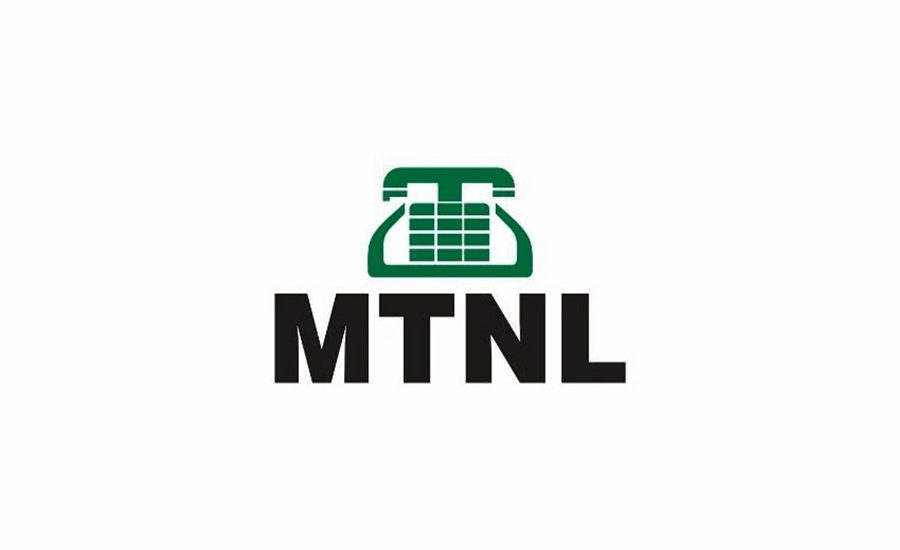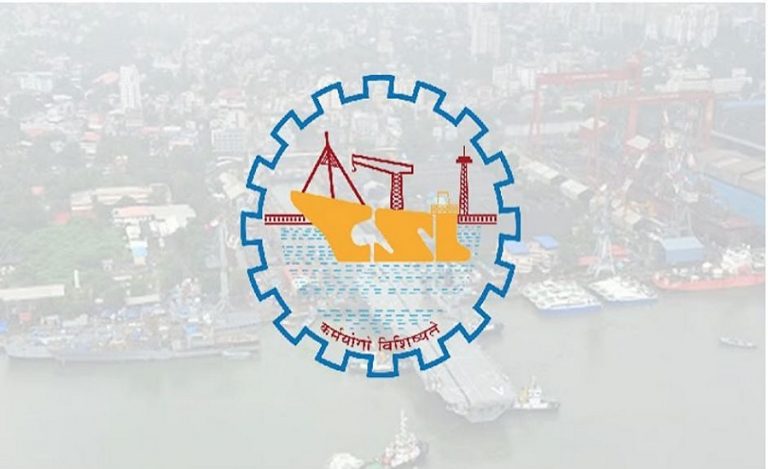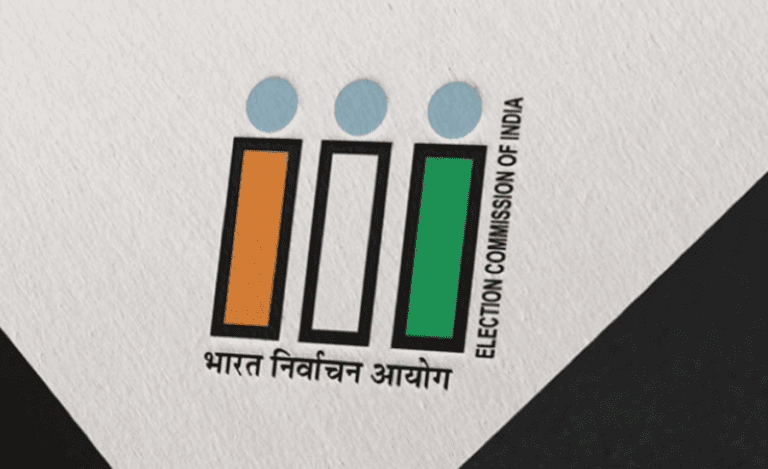New Delhi: Mahanagar Telephone Nigam Limited (MTNL), the state-owned telecom operator, has reported fresh defaults on principal and interest payments to a consortium of lenders, according to a regulatory filing submitted on October 31. The disclosure was made under Regulation 30 of SEBI’s Listing Obligations and Disclosure Requirements (LODR) and the SEBI circular on reporting defaults.
Defaults on Public Sector Bank Loans
In its filing to the Bombay Stock Exchange (BSE) and National Stock Exchange (NSE), MTNL stated that it has continued to default on repayments to seven public-sector banks: Union Bank of India, Bank of India, Punjab National Bank, State Bank of India, UCO Bank, Punjab and Sind Bank, and Indian Overseas Bank. The classification of these loans as non-performing assets (NPAs) by the respective lenders occurred between August 12, 2024, and February 3, 2025.
Outstanding Default Amounts
The company reported a current default amount totalling Rs 8,881.48 crore, which includes Rs 7,794.34 crore in overdue principal and Rs 1,087.14 crore in overdue interest. Among the lenders, Union Bank of India has the highest exposure of Rs 3,872.52 crore, followed by Indian Overseas Bank with Rs 2,518.05 crore.
Overall Financial Indebtedness
MTNL’s total financial indebtedness now stands at Rs 35,167 crore, comprising bank loans of Rs 8,881 crore, sovereign guarantee (SG) bonds of Rs 24,071 crore, and an additional Rs 2,215 crore borrowed from the Department of Telecommunications to service SG bond interest obligations. The company’s mounting debt reflects the ongoing challenges in maintaining operational liquidity and meeting its repayment obligations.
About MTNL
Mahanagar Telephone Nigam Limited (MTNL) is a central public sector undertaking under the Department of Telecommunications, Government of India. Established in 1986, MTNL provides fixed-line and mobile telecommunication services primarily in Delhi and Mumbai. Despite being a key player in India’s telecom sector, the company has faced long-standing financial challenges and increasing competition, affecting its revenue and operational sustainability.



























